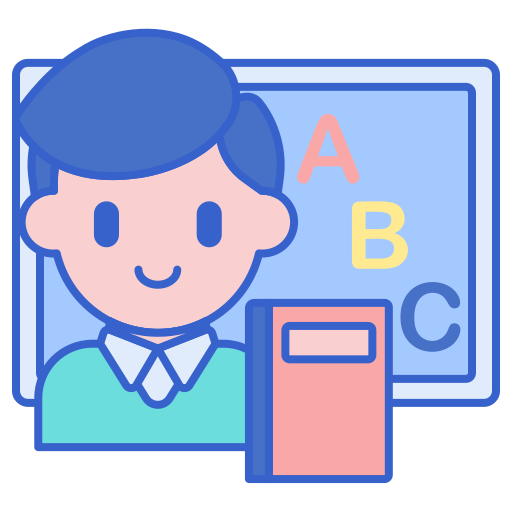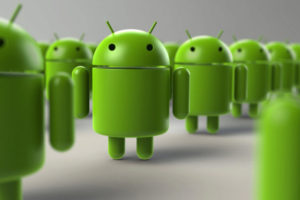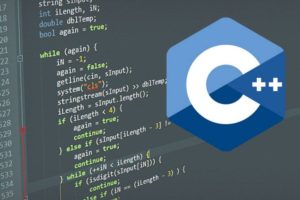Description
With this free course of 34 video lessons you will learn about the most important concepts of the Internet of Things
The Internet of Things (in English, Internet of Things, abbreviated IoT; 1IdC, for its acronym in Spanish) is a concept that refers to a digital interconnection of everyday objects with the internet.3 It is, in short, the internet connection more with objects than with people. It is also often referred to as the Internet of All Things or the Internet of Things. If everyday objects had built-in radio tags, they could be identified and managed by other equipment in the same way as if they were by humans.
It constitutes a radical change in the quality of life of people in society, offers a large number of new opportunities for access to data, specific services in education, security, health care and transport, among other fields.
The concept of the Internet of Things was proposed in 1999, by Kevin Ashton, at MIT's Auto-ID Center,7 where research was conducted in the field of network radio frequency identification (RFID) and sensor technologies.
For example, if books, thermostats, refrigerators, parcels, lamps, medicine cabinets, automotive parts, among others, were connected to the internet and equipped with identification devices, there would not exist, in theory, out-of-stock items or expired medicines; we would know exactly the location, how they are consumed in the world; the loss would become a thing of the past, and we would know what is on and what is off at all times.
It is estimated that every human being is surrounded, at least, by a total of approximately 1000 to 5000 objects.1011 On the one hand, according to the company Gartner, in 202012 there will be approximately 26 billion devices in the world with an Internet of Things connection system.13 Abi Research, on the other hand, states that by the same year there will be 30 billion wireless devices connected to the Internet.14 With the next generation of Internet applications (IPv6 protocol) could identify all objects, something that could not be done with IPv4. This system would be able to instantly identify any type of object by means of a code.
The American company Cisco, which is behind the Internet of Things initiative, has created a dynamic "connection counter" that allows it to estimate the number of connected "things" from July 2013 to 2020. Connecting devices to the network via low-power radio signals is the most active field of study in the Internet of Things. This fact explains why signals of this type do not need wi-fi or bluetooth. However, different alternatives that need less energy and are cheaper are being investigated, with the name Chirp Networks.
As of the date of this article, the term Internet of Things is used with an advanced connection denotation of devices, systems and services that goes beyond traditional M2M (machine-to-machine) and encompasses a wide variety of protocols, domains and applications.
Alcatel-Lucent's touchatag service and Violeta Mirror gadget can provide a pragmatic targeting approach to Internet of Things consumers, wherein anyone can link elements from the real world to the online world using RFID tags (and QR codes, in the case of touchatag).






Reviews
There are no reviews yet.